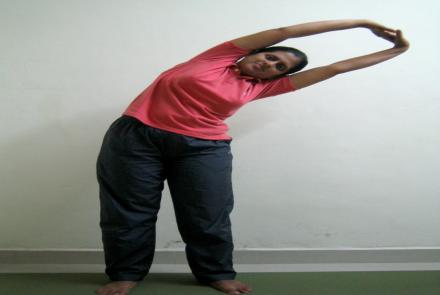
What tests do you need to have done for Hypertension ?
Your doctor may recommend some of the following tests for a proper diagnosis of High Blood Pressure and its severity.
General tests
Physical examination
Your doctor will ask for your family history of high blood pressure and other conditions, check your blood pressure and look at your blood reports. Blood tests include blood urea nitrogen (BUN) and serum creatinine, which may be elevated if there is underlying kidney disease. Blood urea nitrogen test is done to see how well your kidneys are working. If kidneys are not able to remove urea from the blood normally, the BUN level rises. BUN level also increases during heart failure, dehydration and a high protein diet.
Blood pressure measurement
- Fasting blood glucose levels and fasting lipid profile: This is directed at establishing overall cardiovascular risk.
- Liver function test
- Urine examination : This helps to determine if there has been renal target organ damage requiring a more aggressive approach to therapy.
Specific cardiac tests
Electrocardiography (ECG) records the electrical activity of the heart.
Tread mill test: The patient exercises on a treadmill while his heart function is monitored. This measures the heart’s ability to respond to physical stress.
2-D Echo: This test uses ultrasound to get an image of the heart and how well it is working.
Angiography: This helps determine blocks in the blood vessels
Further Reading :
Tips on monitoring your blood pressure on a regular basis
Understanding The Maze Of Cardiac Tests












